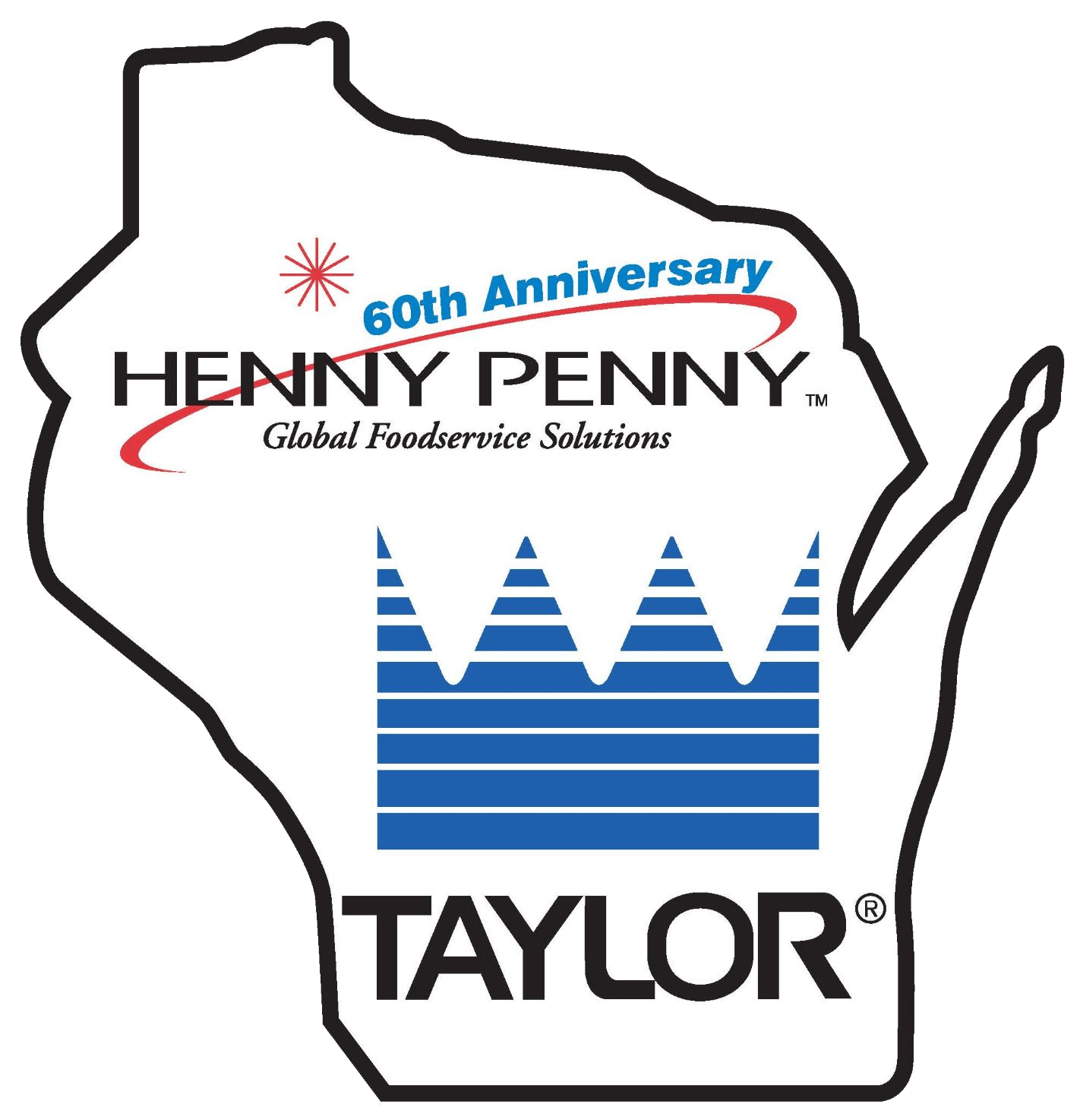The decision to offer food at a business or to add fried foods to a menu comes with a host of decisions and questions, such as, “What foods do we want to offer? How much space do we have for the new equipment?” After some research, this question is inevitably added to the list: “Should we purchase a deep fryer or pressure fryer?”
The type of foods question depends on the customer base and type of business (such as a gas station versus a restaurant). (Perfect Fry does offer an average return-on-investment calculator that can help partially answer the question.) The next question, “how much space do we have for the new equipment?” depends on the size of the kitchen space and the amount of orders expected; contact an equipment salesman to select the right fryer that fits into the available space.
The right kind of fryer is a bit more of a complicated question, and can be answered by understanding how a fryer works and the difference between an open fryer and a pressure fryer.
How does a fryer work?
Many people think of frying as a process that produces oily food. The truth is that fryers use the high temperature of oil to heat the moisture inside the food. The heated moisture forms a barrier around the food, limiting the contact between the oil and the food.
Pressure fryers heat food in a pressurized environment (click here for more details on the specifics of pressure frying). During pressure frying, a pressurized bubble forms around the food; the process traps in flavor, nutrients, and natural juices. For costs, contact a quality equipment professional that can give you numbers specific to your situation.
| Open Fryer | Pressure Fryer | |
| Best for Foods | French fries, Mozzarella Sticks, Onion Rings | Proteins such as chicken, fish, pork, turkey, and racks of ribs |
| Cost of Equipment | Lower (depending on amount of equipment features) | Higher Upfront Cost |
| Operating Costs | Same | |
| Oil Life | Standard | Extends oil life because less oil is absorbed by the food |
| Oil Use | Standard | Uses less oil on average |
| Maintenance Costs | Same | |
| Labor Time | Same | |
| Food Flavor | Delicious non-protein foods | Better flavor and moisture (especially for protein foods) because the moisture is trapped in the food |
| Cooking Times | Standard | Shorter because food is cooked at a higher temperature |
| Energy Costs | Standard | Uses less energy than open fryer |
| Equipment Life Span | Same, approximately 10-15 years | |
